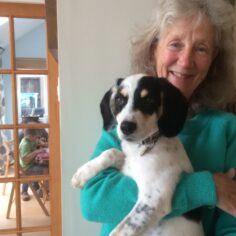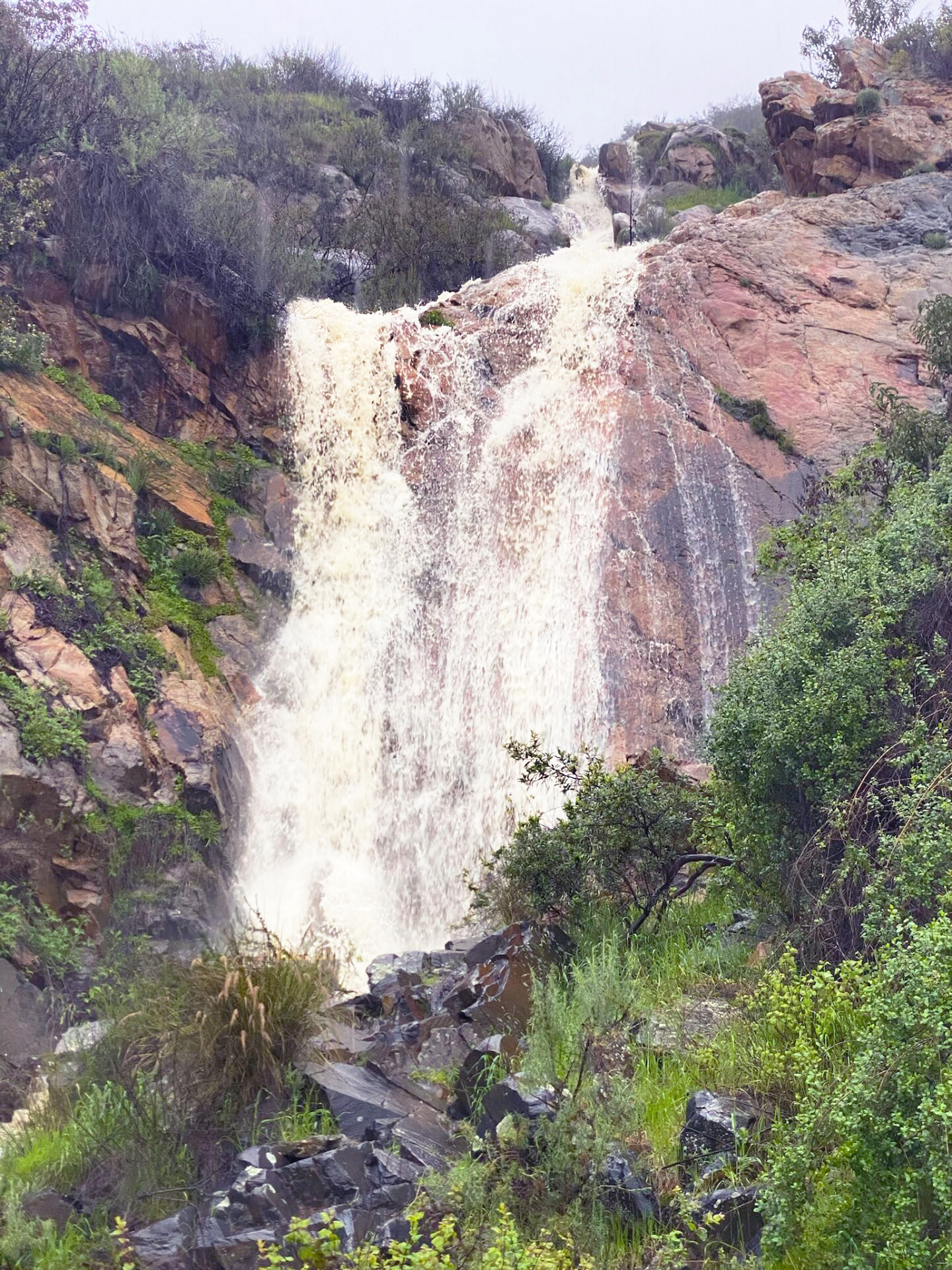By Jane Ellen Combelic on
Order of Interbeing member Jane Ellen Combelic offers insights from the tale of a parrot firefighting in a forest.
There are many stories of early lives of the Buddha, when he incarnated in animal form before he was human. These are called Jataka tales, and one of my favorites is “The Brave Little Parrot.”
In a great forest there lived a beautiful little parrot.
By Jane Ellen Combelic on
Order of Interbeing member Jane Ellen Combelic offers insights from the tale of a parrot firefighting in a forest.
There are many stories of early lives of the Buddha, when he incarnated in animal form before he was human. These are called Jataka tales, and one of my favorites is “The Brave Little Parrot.”
In a great forest there lived a beautiful little parrot. His feathers were all colors of the rainbow, and he loved nothing better than to fly through the treetops visiting all his friends. He was always full of joy and laughter. The other animals loved him. One day, during a dry summer, a great storm broke out. A bolt of lightning struck a big dead tree and it erupted in flames. The fire spread quickly, scattering the animals in all directions. The little parrot flew above, calling out to them: “The river, run to the river!” Most of the animals escaped, but some were trapped among the burning trees. Frantically, the parrot wondered what he could do to save them. Then he remembered the river! He shot down like an arrow, dived in the water, and scooped a few drops into his beak. He flew back to the fire, dribbled the water out of his beak and shook the water off his wings. This he did over and over again, until his wings were scorched black and his eyes were burning red. Meanwhile, high above, the gods were sitting in their heavenly palace, eating sweetmeats and enjoying themselves. One of them looked down and saw the little parrot. “Look at that!” he said. “Have you ever seen anything so ridiculous? That tiny bird thinks he can put out that great forest fire.” And they all laughed. All but one of the gods. He found himself strangely moved by the sight of the brave little parrot. He went away from the other gods, changed himself into a great eagle, flew down, and appeared next to the parrot. “Save yourself!” he cried. “There’s nothing you can do. Save yourself!” “I don’t need advice!” replied the parrot. “What I need is help!” At that, the god’s heart opened to the suffering of all beings and he began to weep. His tears fell to the ground and put out the fire. All the animals were saved. They looked up and cheered: “Thank you to the brave little parrot! Thank you for this miraculous rain!”
Sometimes it seems like our world is on fire. Climate crisis, species extinctions, war, economic collapse, social unrest. No wonder there is so much fear and anxiety.
In the midst of such suffering, how do we find joy? Is it even right to want joy?
Paradoxically, we find joy through the fear, through the suffering. In Wait: A Love Letter to Those in Despair, Cuong Lu writes: “When you stay fully present with your feelings, your sensations, and the world around you, even when it seems dark and cold, joy will arise. Joy and suffering are two sides of the same coin.”1 This Cuong Lu knows from experience, having escaped from Vietnam as a child with his family and spent sixteen years as a monk with Thích Nhất Hạnh.
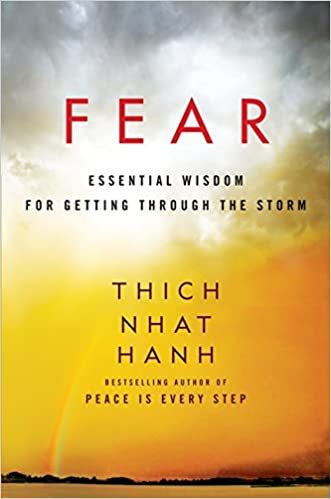
As Thầy says in Fear: Essential Wisdom for Getting Through the Storm, “Most of us experience a life full of wonderful moments and difficult moments. But for many of us, even when we are most joyful, there is fear behind our joy…. We think that, to be happier, we should push away or ignore our fear…. The only way to ease our fear and be truly happy is to acknowledge our fear and look deeply at its source.”2
Thầy gives us three steps for looking at our fear:
- Recognize and acknowledge that what you’re feeling is fear. Allow it to be there.
- Name the particular fear and see where it comes from. Is it an old fear, projecting the past into a possible scary future? Or is it about something happening now in your life? Recognizing and naming the fear calms it.
- Return to the present moment. There you can come back into your body and appreciate the gift of being alive.
In recent years, I’ve frequently suffered from anxiety at night. These three steps have been a huge help.
When I wake up in the middle of the night feeling unhappy and tense without knowing why, I try to come back to my breath. I notice that my body is contracted. Rather than shaming myself for feeling bad, I accept it. Then I make my anxiety even bigger, consciously feeling miserable. If I manage to identify that what I am feeling is fear, my body relaxes with a deep out-breath. “Ah, this is fear!” The next step is to dialog with the fear: “What are you afraid of?” I always get an answer—“I’m afraid of being alone” or “I’m afraid of failing.” Most often I see that the fear does not reflect my life; it comes from the distant past. Finally, I let go of it and appreciate the life I have now—family and friends, a safe and comfortable home, worthwhile projects that stretch my abilities. My body relaxes and I go back to sleep.
Inner peace comes not from my head; I can’t overcome my suffering or my fear by thinking about it. Rather, peace comes when I get out of my head and sink into my body, first by focusing on the breath, then by noticing what is going on in my body. This helps my body to relax. From this state, insight can arise. I can feel loving kindness for myself.
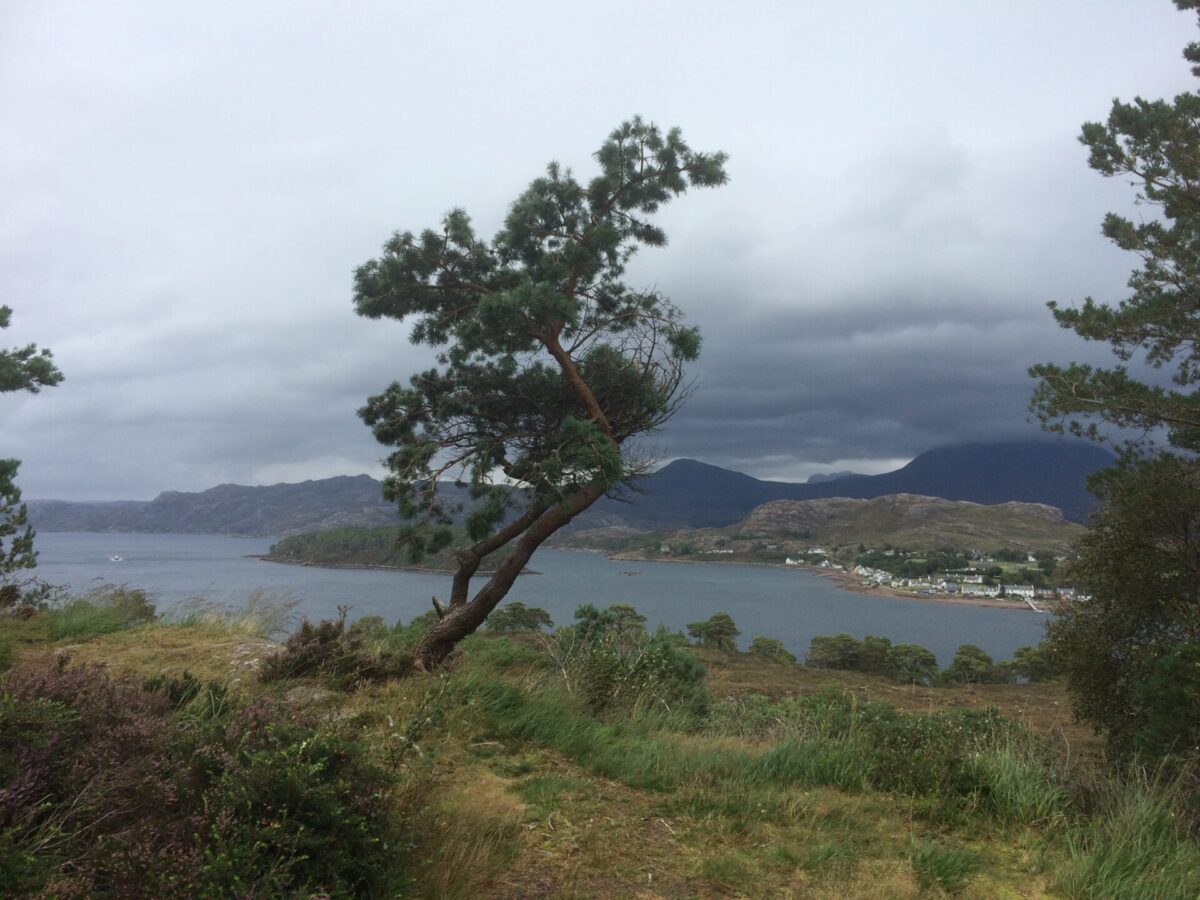
More and more, I realize that my deepest practice is to come back into my body. The Buddha taught The Four Establishments of Mindfulness, the first of which is mindfulness of the body in the body. This body is a miracle!
In a recent article in The Guardian, environmental journalist George Monbiot wrote that the chance of any one person being born is “one in ten to the power of 2,640,000. In other words, a ten followed by 2.6m zeros. It’s an unimaginable, miraculous number. Yet here we are.”3
After spending most of my life either operating from my head or yearning to be with spirit, I’m finally coming home to my body. I’m learning to open my senses, to follow my breath, and to be conscious of what I am doing and of the world around me. And it seems that my body knows what to do. For instance, I open the door to look at the weather just when the postman arrives with a package. Or I walk into a café and suddenly feel uncomfortable, so I go to a different café and run into someone I wanted to see. Or I turn off a path with my young and excitable dog just before a cyclist comes speeding by.
“Many people forget their body,” says Thầy. “They have so many plans and fears, so many agitations and dreams, and they don’t live in their body. While we’re caught in fear and trying to plan our way out of fear, we aren’t able to see all the beauty that Mother Earth offers us.”2
After decades of practice, I am feeling more and more joy in being incarnate in a human body. But I know that I can’t do this alone. I need the support of others on the path.
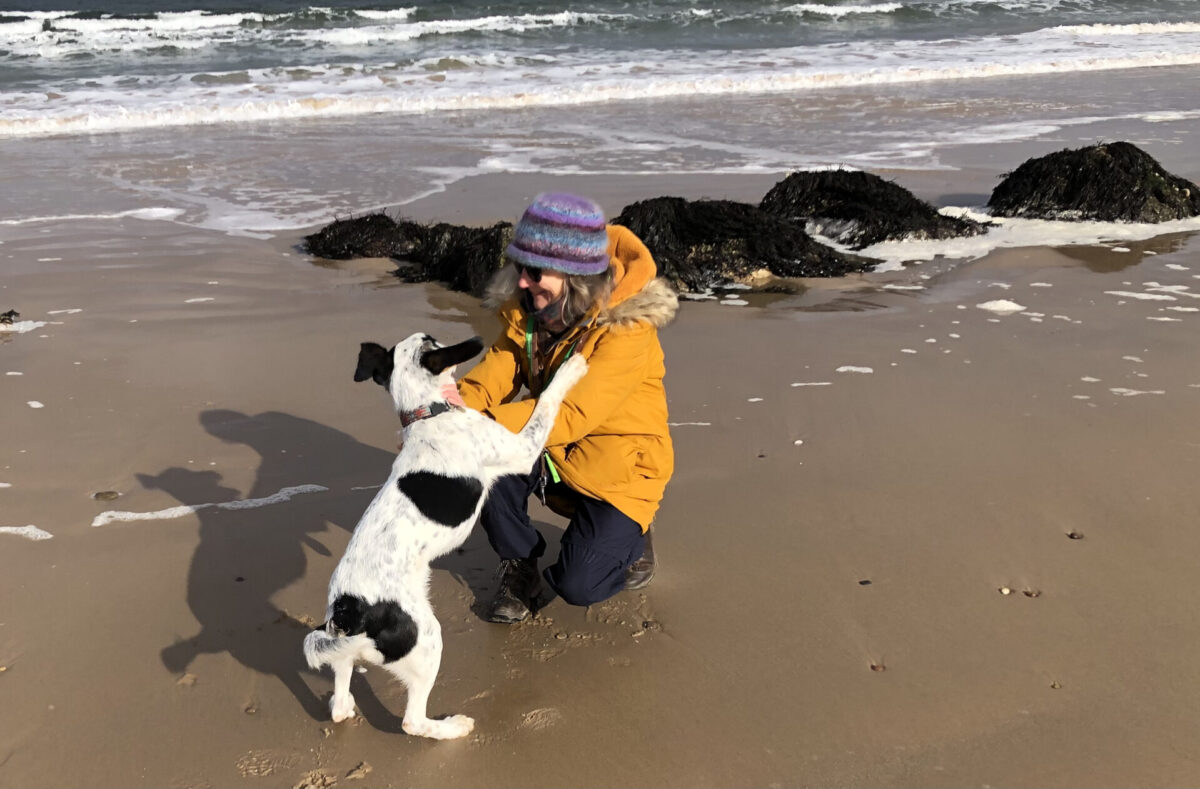
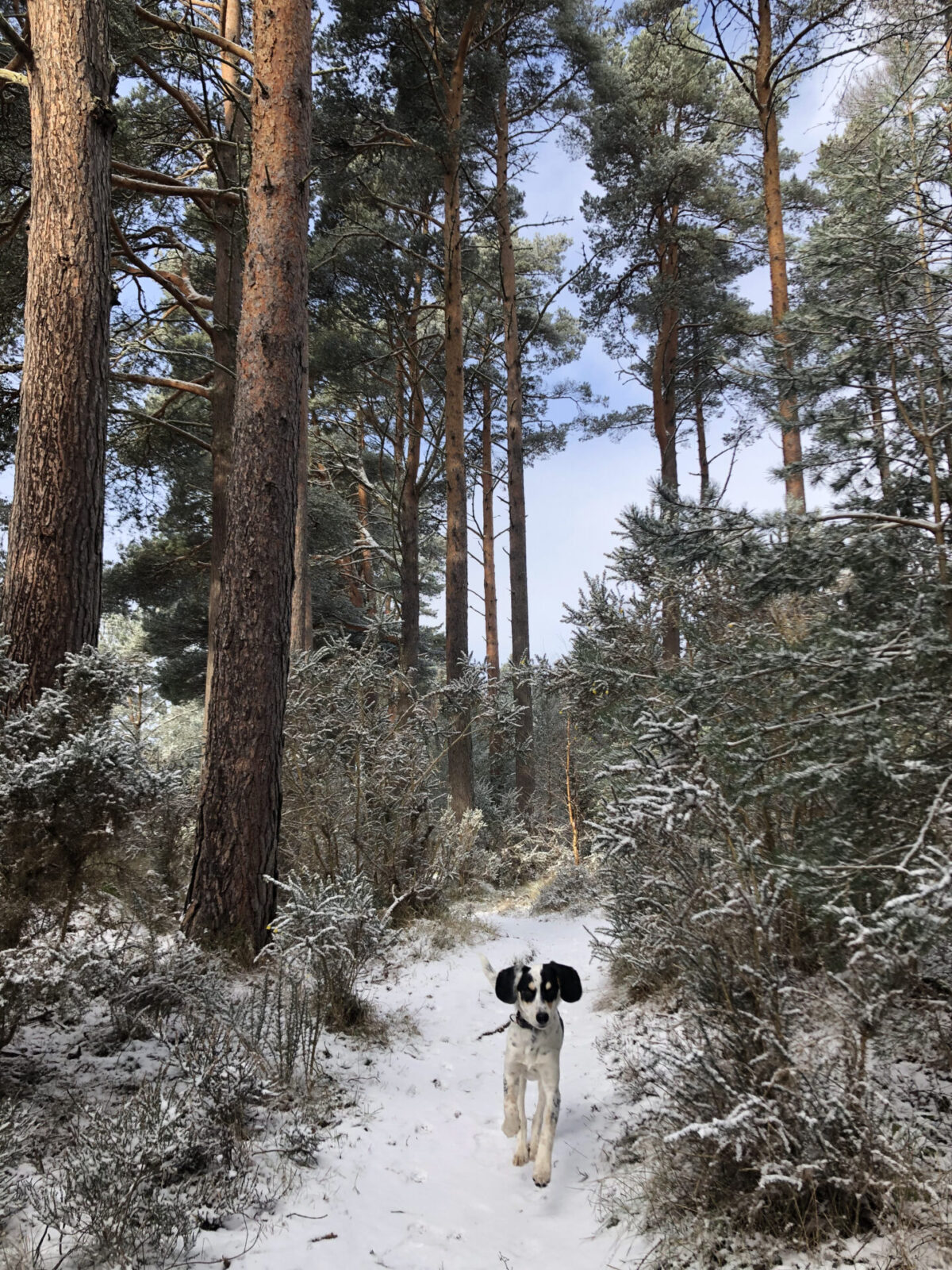
For many years after first going to Plum Village, France, I meditated on my own, but it was an intermittent and arduous task that did not bear much fruit. Then I attended my first retreat in the United States, at the YMCA conference center in Estes Park, Colorado. On the second day, I found myself in a small room with a dozen other retreatants and a monk. I happened to be sitting to Brother Pháp Tuệ’s left, so I was the first to introduce myself. I mentioned that I lived In Fort Collins, only an hour away—feeling rather smug after having met others who had travelled hundreds or thousands of miles. The next person said they were from Fort Collins, too, and then the next and the next, all the way around the circle!
That was how I came to Peaceful Hearts Sangha, which changed my practice—and my life. For the first few months, during Dharma sharing I only listened. Hearing what other Sangha members said about their practice showed me, to my surprise, that many of them struggled with similar mental difficulties as I did. When I got the courage to share, I was touched by the compassion that I received, and this nourished my compassion toward myself. Since then, I have devoted my life to Sangha building.
“Our beloved community, our Sangha, is a group of people who together practice generating mindfulness, concentration, and insight,” says Thầy. “We breathe together, and with our combined energy of mindfulness we are able to recognize, embrace, and transform that pain.”2 A Sangha doesn’t need to be a Buddhist group; it can be our family, friends, or any community where we can talk about our difficulties and listen to others with an open heart.
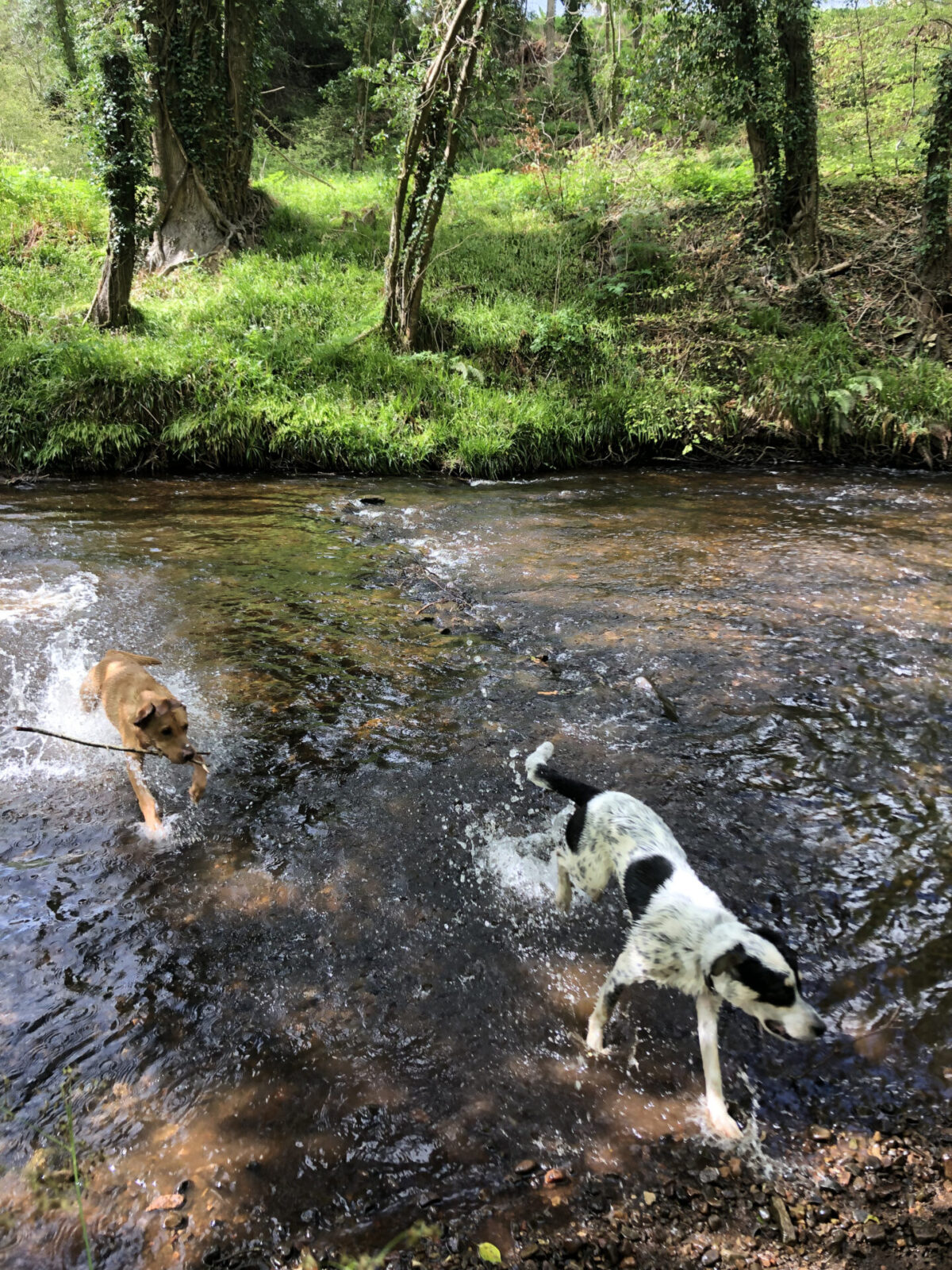
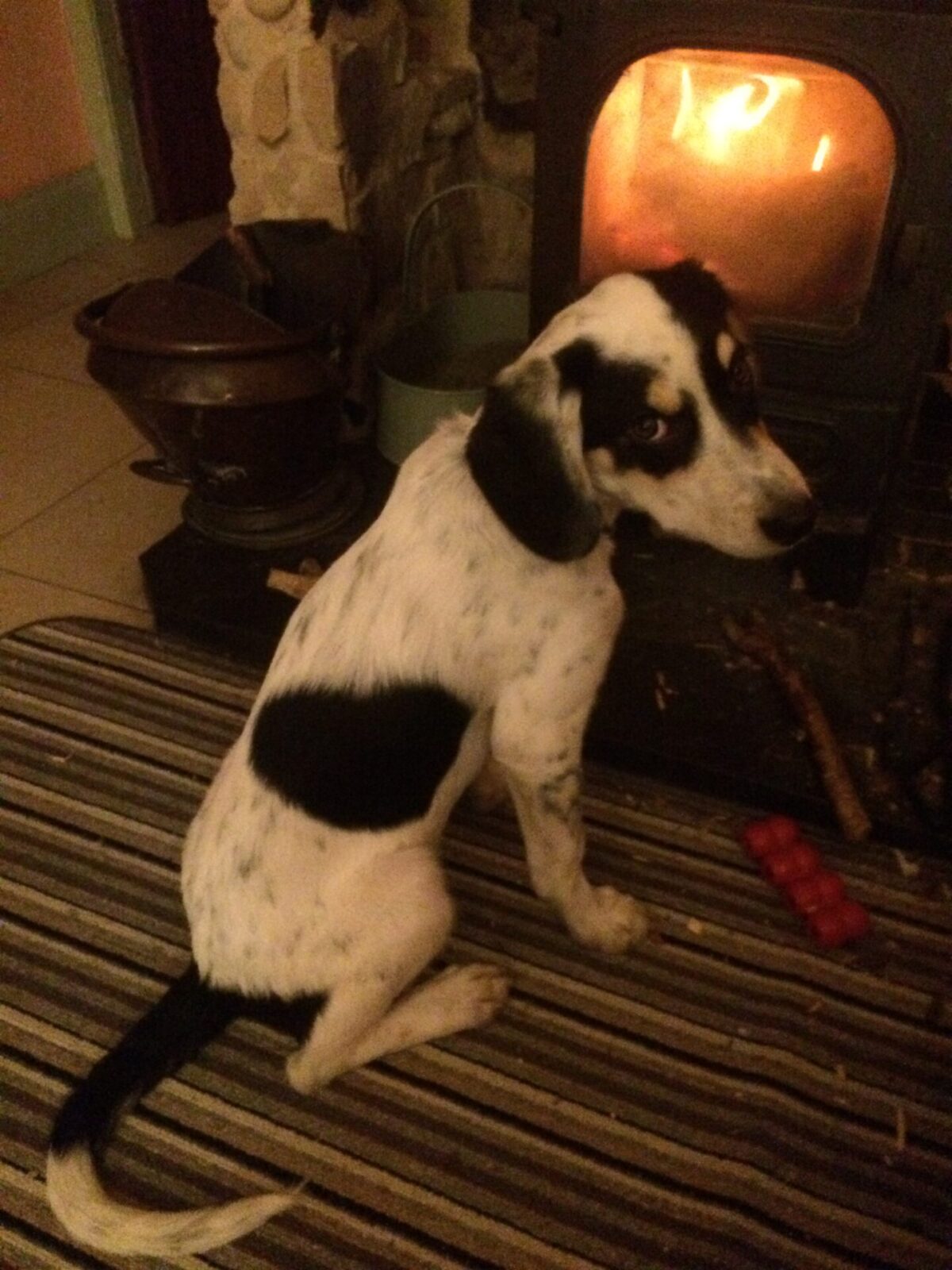
Most of my adult life I was a loner, joining group after group and leaving each one in disillusion. Today, I live near Findhorn, a spiritual community and ecovillage, and have for over ten years. Here I am fortunate to participate in several overlapping communities: weekly spiritual services involving sacred songs and dances; the Community Caring Circle, which helps people in need of care; and a vibrant Sangha in Thầy’s tradition. Being at Findhorn, I also connect with the communities of unseen beings—nature spirits, faery folk, angels.
I’m even happily married, something that I never would have believed possible. All this I owe to the practice, and especially to Sangha.
Though most days it is easy to forget, in my heart I know that life is good, that people are good. In my best moments, I know in my bones that the Earth and everything on it is made from love, made for love. That includes you and me.
The older I get, the more aware I am of the immeasurable suffering in the world and of the increasing fear that separates us. At the same time, I experience more joy than ever. We cannot have one without the other. In fact, the only way out of suffering is to feel our pain, to look deeply at our fears. Thầy says, “That is something we can learn only if we know how to practice. Our practice helps transform the suffering in ourselves, in our families, in our community, and in the world.”2
For this we need Sangha, we need community. From community spring love and joy. Then we know what to do.
And who knows, one of the gods (or bodhisattvas or angels) may magically give us exactly what we need, at any moment.
1 Cuong Lu, Wait: A Love Letter to Those in Despair (Shambhala, 2021)
2 Thích Nhất Hạnh, Fear: Essential Wisdom for Getting Through the Storm (New York: Harper One, 2012)
3 George Monbiot, 2022, “Our leaders had a final chance to halt climate breakdown. They failed each and every one of us,” The Guardian. Accessed July 11. https://www.theguardian.com/commentisfree/2022/nov/18/leaders-climate-breakdown-fail-power-cop27
